Considering getting online using Three 4G MiFi?
In this article, we’ve reviewed Three’s mobile Wi-Fi (MiFi) device, to see if it’s worth buying.
We’ve tested this hotspot router based on its download and upload speeds, Wi-Fi signal, battery life, value for money, and more.
But before we begin, make sure to use the Three network coverage map to see if you get good Three 4G signal at your address, and ensure you’ll get fast download speeds when using Three mobile broadband.
Contents
- Three MiFi overview
- Three 4G MiFi unboxing and setup
- Three 4G MiFi speed tests
- Three 4G MiFi Wi-Fi performance
- Three 4G MiFi battery life
- Three 4G MiFi value for money
- Roaming with Three MiFi
- Is Three 4G MiFi any good? Our verdict
- Three 4G MiFi alternatives
- Conclusion
Three 4G MiFi overview
| Brand | Three |
| Name | 4G MiFi |
| Manufacturer | Huawei |
| Model | E5783-330 |
| Dimensions | 108 x 62 x 16mm |
| Weight | 95g |
| Battery | 3.8V, 1500mAh, up to 6 hours |
| Maximum concurrent connected devices | 10 |
| Maximum download speed | 300 Mbps |
| Maximum upload speed | 100 Mbps |
| Wi-Fi frequency bands | 2.4 GHz and 5 GHz |
| SIM slot type | Micro SIM |
| Recharging port | Micro USB |
| Data plans | Unlimited data |
| Contract lengths | Monthly or 24 months |
| Our rating | 4.7 (out of 5) |
| Price | Check on Three |
Three currently sells a Huawei E5783-330 MiFi device, paired with a data SIM plan.
This device takes a SIM card, just like your phone, and uses the Three 4G network to connect to the internet.
Then, it creates a Wi-Fi hotspot you can use to get online with multiple different devices at once.
This gadget is similar mobile broadband dongle, except because it creates a hotspot, rather than plugging into a computer, it allows you to get online on your phone, iPad, laptop, or any other Wi-Fi compatible device, with no software installation necessary.
Three’s MiFi device is battery-powered, meaning you can use it on the go. It works anywhere in the UK with Three 4G mobile signal.
You can recharge the device with the included USB cable, and you can also choose to keep it plugged in all the time if you’d prefer.
Currently, Three sells the Huawei E5783 with an unlimited data SIM plan. You get the choice of a 1 month pay as you go contract, or a 24 month pay monthly contract. Click here to view current pricing.
Before buying, it’s a good idea to use the Three network coverage map to see if you have good indoor and outdoor 4G coverage at your address from Three.
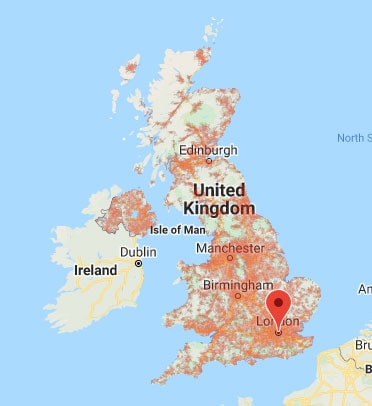
Navigate to the coverage map on the Three website, and put in your postcode to check your address.
Three 4G MiFi unboxing and setup
After placing an order online, it took two business days for our Three MiFi package to arrive in the mail.
When you open the box, you’ll find:
- The Huawei E5783 4G MiFi device
- The device’s battery
- An unlimited data Three SIM card
- A USB charging cable
- A welcome card
- A warranty information card
- An instruction booklet for the MiFi device
- A keepsake card with your Wi-Fi login details
Getting started with Three 4G MiFi
Setting up and using our Three MiFi device was an easy process, which only took about 15 minutes or so.
First, take the back cover off the router.
It has a number of plastic clips around the edges that you need to undo. You can get started by lifting from the corner – one of them has a little cutout you can pry from.
Then, take the SIM card out of its packaging.
There are multiple different sizes you can choose to punch out. You want the second-largest one – the micro SIM.
Next, insert the SIM card into the slot inside the MiFi device.
There is a small metal flap you need to lift up. Then, you can place the SIM card flat, with the Three logo facing upwards, and the cut corner pointing towards the bottom-right (relative to the text on the label you can see below).
After inserting the SIM, the next step is to insert the battery.
It slides into place as shown from left to right, with the text pointing to the right.
Start at a slight angle, then push the battery across, until it slides into place.
The gold pins inside the MiFi device in the top left will line up with the four gold squares on the side of the battery.
At this point, you can put the cover back on the MiFi device.
You just need to put it in place over the back of the mobile router, and you can begin clipping it in, by pressing around the edges of the cover.
You will hear the cover click into place as you work your way around the edges, pushing it down as it clips in.
Once the cover is back in place, you can turn on your MiFi device for the first time. To do this, hold down the power button on the top of the device for five seconds or so, until the lights on the front turn on.
If the lights don’t turn on, the MiFi device might need charging before you can use it, although ours came with a few hours of charge out of the box.
Then, you can connect to Wi-Fi, using the login details printed on the keepsake card. There is also a QR code you can scan to instantly add the Wi-Fi SSID and password to your phone.
If you lose your Wi-Fi login details card, or you didn’t get one in the box, you can also find these details printed on the sticker under the battery inside the router.
Once you begin getting online, you might like to test the mobile router in a few different positions, to see where it picks up the best 4G signal.
We found that moving it around a tiny bit could make a huge difference to the download and upload speeds we received.
In general, somewhere high up towards the edge of the house, such as an upstairs windowsill, is a good place to put it.
Three 4G MiFi speed tests
We performed a number of speed tests with Three 4G mobile broadband, in order to assess its performance.
In general, we would receive a download speed of about 30-40 Mbps from the Huawei E5783-330 on Three, with an upload speed of about 8-9 Mbps.
This is an example of a good speed test:
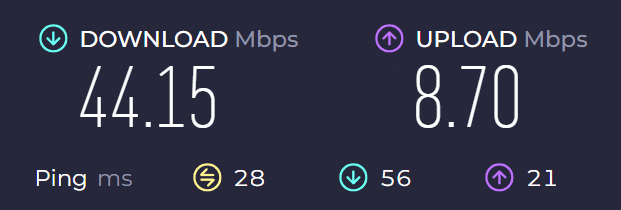
And this is an example of a weaker speed test:

Normally, our download speeds would sit at about 35 Mbps or so.
Even when the speeds did drop occasionally to 25-30 Mbps, our internet experience was still very good.
Video streaming, Zoom calls, social media, and small file downloads were all very smooth, similar to using a fibre broadband connection.
Our speeds would begin to slow down a bit though when more than two people got on the Wi-Fi hotspot at the same time, and began doing data-intensive activities, like 4K video streaming. However, this is to be expected with a download speed of around 30 Mbps.
Our latency was surprisingly low for a 4G internet connection. We found that Three MiFi worked well for gaming, especially less ping-sensitive games like EA FC, as long as no one else was online and requesting a lot of bandwidth at the same time.
However, for gaming, the Three 4G Hub or 5G Hub are a better choice, as they offer more stable latency, and give you the ability to connect your PC or games console to the router using an Ethernet connection.
Wi-Fi performance
At short range, the Wi-Fi signal on offer from Three’s Huawei mobile broadband device is very good.
From about two to three rooms away from the MiFi device, we’d get the full speeds on offer, with no dropouts or other signal issues.
Further away from that, our speeds would begin to drop off a bit, but this is quite normal for a mobile Wi-Fi device. Since these gadgets are quite small, and are battery-powered, their Wi-Fi signal isn’t as good as a normal router over long distances.
In saying that though, the Huawei E5783-330’s Wi-Fi still performed well with multiple devices connected. It could handle a lot of concurrent data usage with relative ease.
If you want something with slightly stronger Wi-Fi, and don’t mind leaving it plugged in all the time, a 4G router or 5G router might be a better choice.
Three 4G MiFi battery life
From our testing, we normally got about 6-7 hours of usage out of this MiFi device, before the battery ran out.
On standby, with the hotspot turned on but not being used, the device’s battery lasted for nearly two weeks.
Compared to most other MiFi devices, Three’s 4G hotspot has decent battery life, especially on standby. They advertise 350 hours of capacity when the hotspot isn’t in use.
This is quite a decent bit more than the 300 or so hours on standby on offer from the old TCL Linkzone MW63VF3 4G MiFi device that Three used to sell.
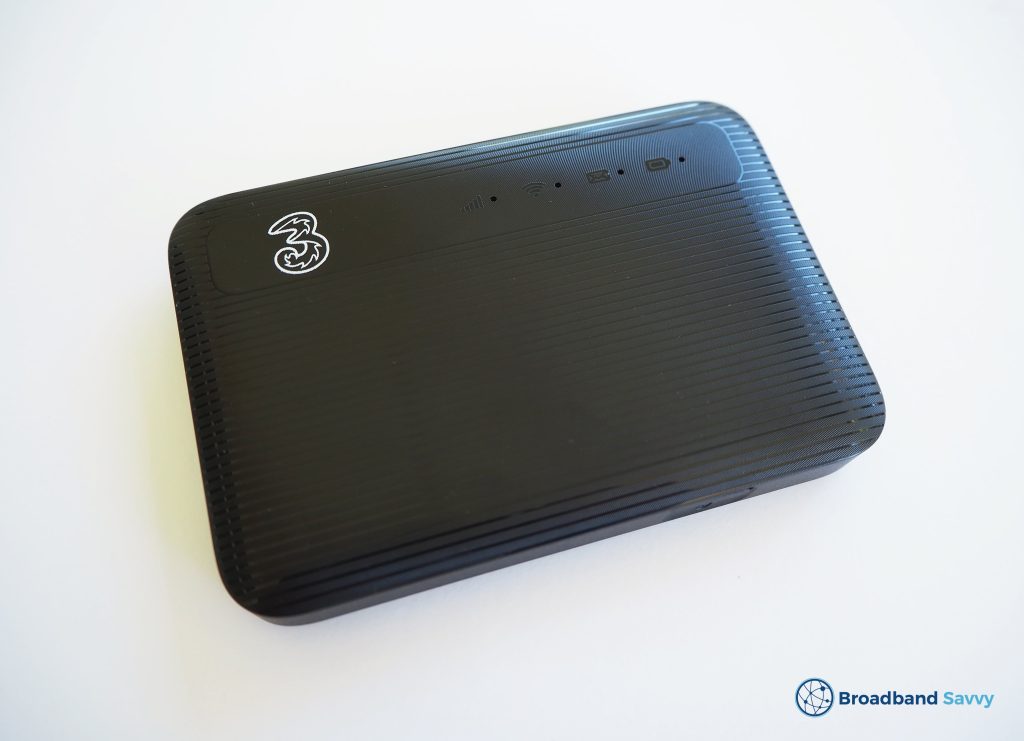
Some other mobile Wi-Fi devices offer more battery life during active usage, up to 8-9 hours, but these mobile routers tend to cost quite a lot more than the Three 4G MiFi device.
Overall, we’re quite pleased with the battery life on offer from the Huawei E5783-330. We also had no issues keeping it plugged in and running all the time, although this will degrade the battery life if done on a regular basis.
Three 4G MiFi value for money
Currently, you can buy Three 4G MiFi with two different tariffs:
- Unlimited data, pay as you go (1 month contract)
- Unlimited data, pay monthly (24 month contract)
Both of these options tend to offer good value for money, however the 24 month contract is better value, if you don’t mind committing for two years.
There’s no upfront fee on the longer-term deal, and it comes with a much lower monthly cost. This 24 month contract offers one of the cheapest ways of getting online in the UK – it’s cheaper than almost any other mobile broadband or fibre broadband deal on the market at the moment.
Despite the fact that it costs more, the pay as you go option is still good value, given it comes with unlimited data, as long as you don’t mind paying a decent upfront fee.
However, when you compare these plans to the monthly costs of Three’s 5G MiFi device, the 5G deals look a lot better value, given the speeds on offer.
Using Three’s ZTE U50 hotspot, you can get download speeds of 150-200 Mbps – much faster than what their 4G mobile broadband offers – for just a slightly higher monthly cost.
Although, the upfront fee on Three 5G MiFi is a lot higher on the 30-day contract, since 5G MiFi devices are quite expensive to buy.
Roaming with Three 4G MiFi
You can get online overseas using Three’s Huawei MiFi device, subject to certain restrictions and extra fees.
To begin roaming, you first need to login to Three on their website or through the app, and enable roaming on your account, if it’s not activated already.
Then, login to your MiFi device’s admin settings, and enable roaming there as well. To do this:
- Enter 192.168.1.1 into your browser’s address bar.
- Enter the password “admin”. If this doesn’t work, the login details are printed on the sticker inside the device under the battery.
- Enable data roaming in connection settings.
When roaming with Three, there might be roaming charges you’ll have to pay, depending on where you’re going, and whether you’re a pay monthly or pay as you go customer.
There are three different types of roaming destinations, each with different charges:
- Go Roam in Europe: £2 per day (free for pay as you go customers).
- Go Roam Around the World: £5 per day (free for pay as you go customers).
- Go Roam Around the World Extra: £7 per day (free for pay as you go customers).
- Other, less common destinations: pay per megabyte of data used.
You can also use your 4G mobile broadband device with a foreign SIM card, as it is shipped unlocked by Three.
Is Three 4G MiFi any good? Our verdict
There are a lot of things to like about Three’s 4G MiFi deals:
- They always come with unlimited data.
- The MiFi device is easy to set up.
- You can get good speeds on the Three 4G network – plenty for video streaming, social media, downloading apps, and more.
- Three 4G MiFi is one of the cheapest ways to get online in the UK, especially compared to other plans that also come with unlimited data.
- You can buy this mobile Wi-Fi device on a flexible pay as you go contract.
However, there are some downsides to Three 4G mobile broadband:
- You are limited to 4G download and upload speeds. This device isn’t 5G compatible.
- There are only two choices of data plans – 1 month, and 24 months, with unlimited usage.
- Some other more expensive MiFi devices come with an extra hour or two of battery life.
Overall, we rate Three 4G MiFi 4.3 out of 5. It offers a cheap, simple way of getting online, with good download speeds and Wi-Fi performance.
We will say though, if you don’t mind paying a bit more for a slightly better hotspot router, with faster download speeds, Three 5G MiFi is worth looking at.
And you may also want to consider a 4G router or 5G router if you want a more permanent way of getting online at home, with better Wi-Fi performance, for a similar monthly cost.
Three 4G MiFi alternatives
As we just mentioned, there are some other ways to get online using mobile broadband that you might also like to consider.
1. Three 5G MiFi
Just like the 4G hotspot we’ve looked at in this article, Three also offers a 5G MiFi device.
It offers speeds of 150-200 Mbps – about 5-6x faster than their 4G mobile internet deals – and also has better battery life.
This ZTE MiFi device is a bit more expensive, especially on a short term contract. The pay as you go plan comes with a high upfront cost.
However, it might be worth paying more for if you can get Three 5G signal at your address, especially if you plan on streaming video, gaming, or doing a lot of large file downloads.
2. Three 5G Hub
Compared to Three MiFi, their 5G Hub router is often a better way of getting online at home.
It plugs into mains power, rather than using a battery, and creates a much stronger Wi-Fi hotspot than what a MiFi device offers.
This 5G router still comes with unlimited data, and offers download speeds of 300-500 Mbps from our testing, for a very reasonable monthly cost.
If you can’t get Three 5G at your address, they also sell a 4G Hub router you can buy instead.
3. Vodafone 5G Mobile Hotspot
Like Three, Vodafone also sells a 5G MiFi device, which is worth looking at if you have better Vodafone 5G signal where you live.
The main difference between the two is how Vodafone sells their device.
They have a much larger range of data plans to choose from, including 30 day, 12 month, and 24 month contracts, and they don’t always come with unlimited data.
As a result, with some of these deals, you can save money compared to Three 5G MiFi. However, if you want unlimited data, this will generally be more expensive with Vodafone.
Conclusion
You’ve reached the end of our Three 4G mobile broadband review.
If you have any questions about this MiFi device, please put them below, and we’ll respond as soon as we can.
About the author

Tyler is the co-founder of Broadband Savvy. He has been helping people improve their broadband connectivity since 2018 by writing about fibre broadband and mobile broadband providers, as well as creating tutorials to help people improve their broadband speeds and Wi-Fi signal.
Tyler is responsible for the majority of buyer’s guides and broadband reviews published on Broadband Savvy. He has a wealth of experience testing and reviewing different broadband tariffs, including fibre internet plans, as well as 4G and 5G broadband deals. He is responsible for testing and evaluating Wi-Fi routers, performing speed and latency tests, and comparing the value for money of different broadband providers on the market in the UK.
Before co-founding Broadband Savvy, Tyler had a long history of tinkering with computers. He built his first PC at the age of 12, and since then, he’s become obsessed with all things networking and internet-related. He’s a massive gamer, loves Rocket League, and also plays Sunday League football.

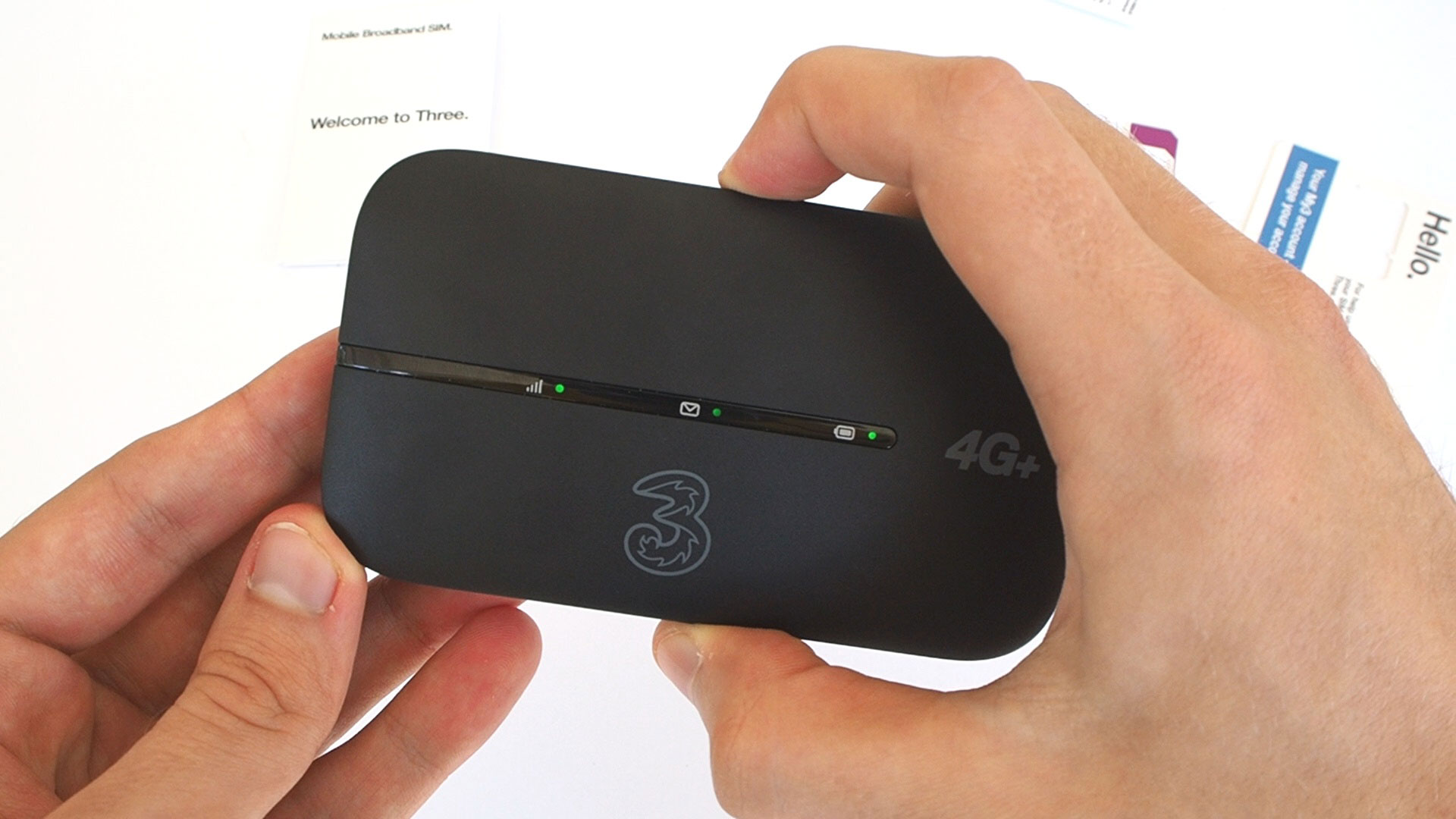
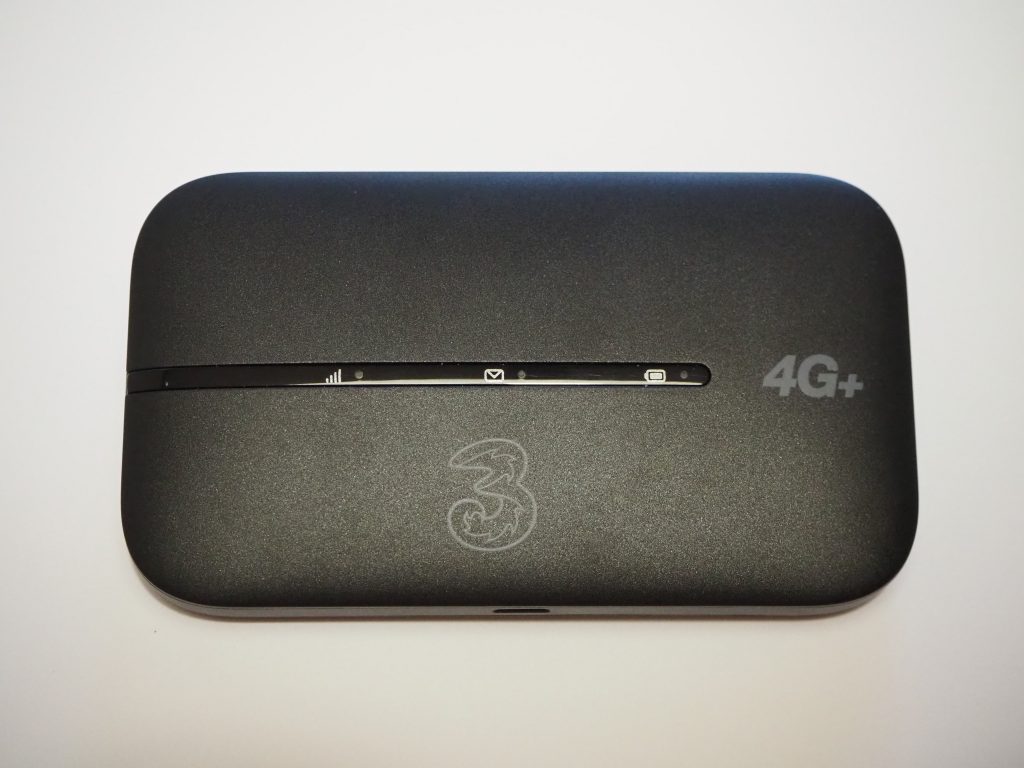
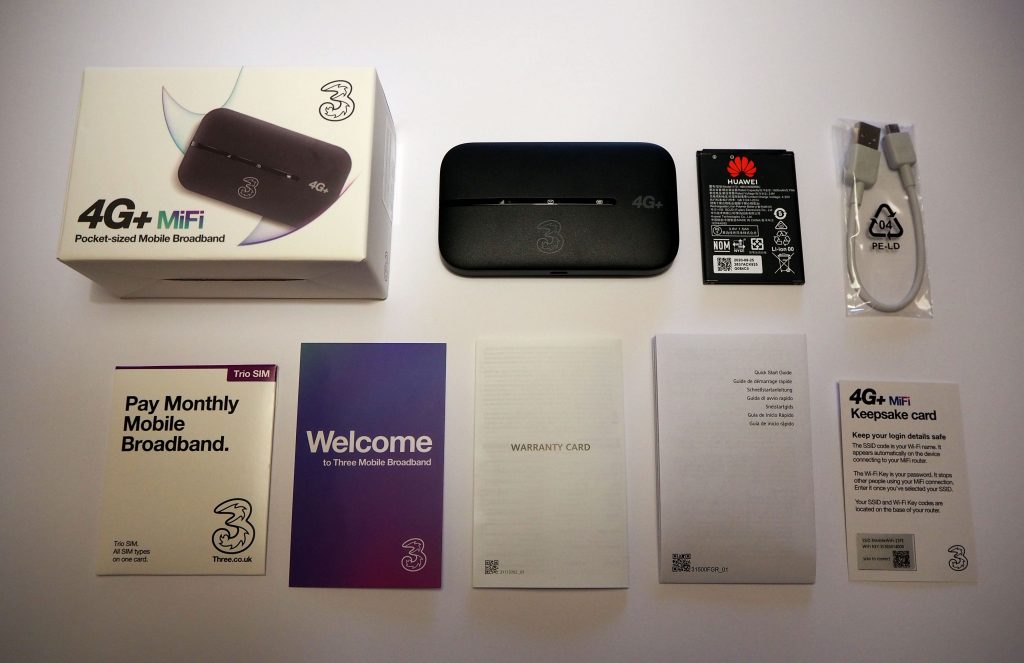
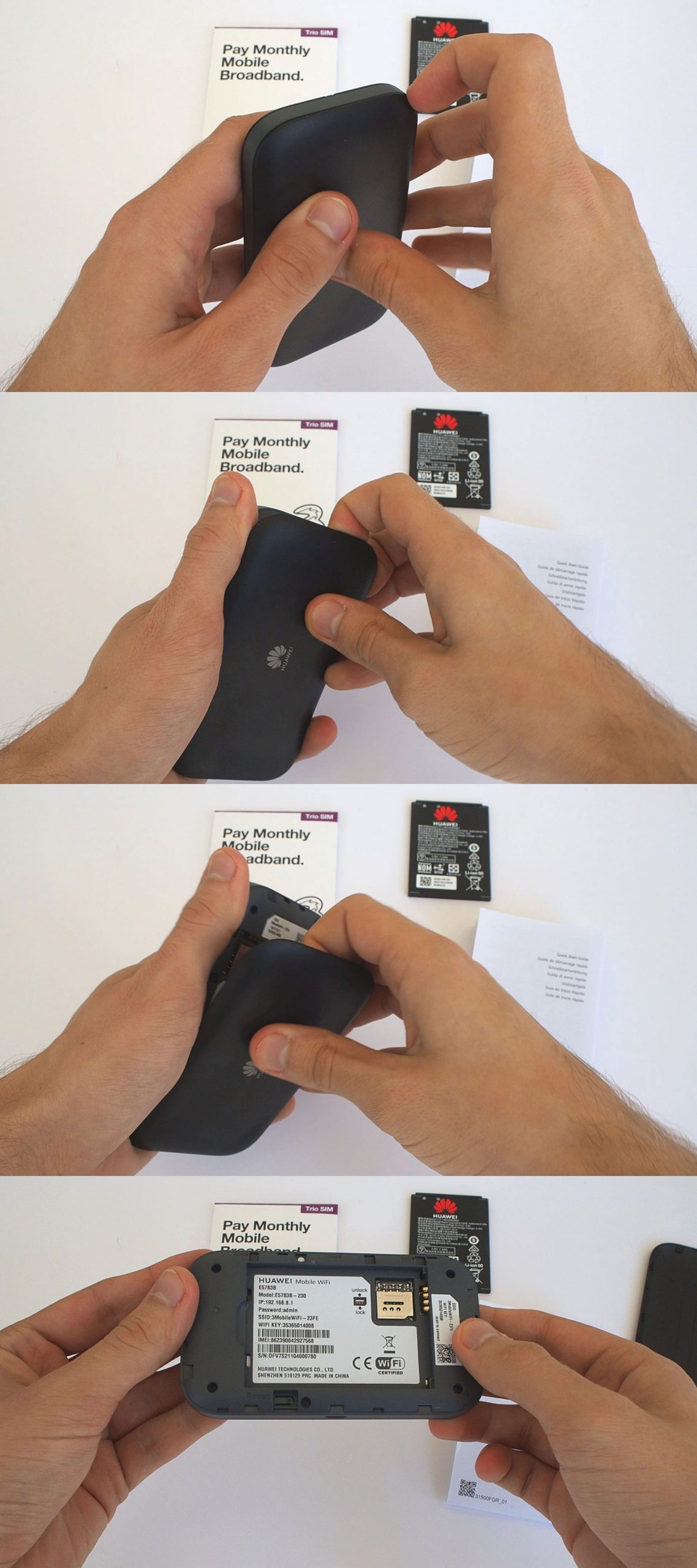
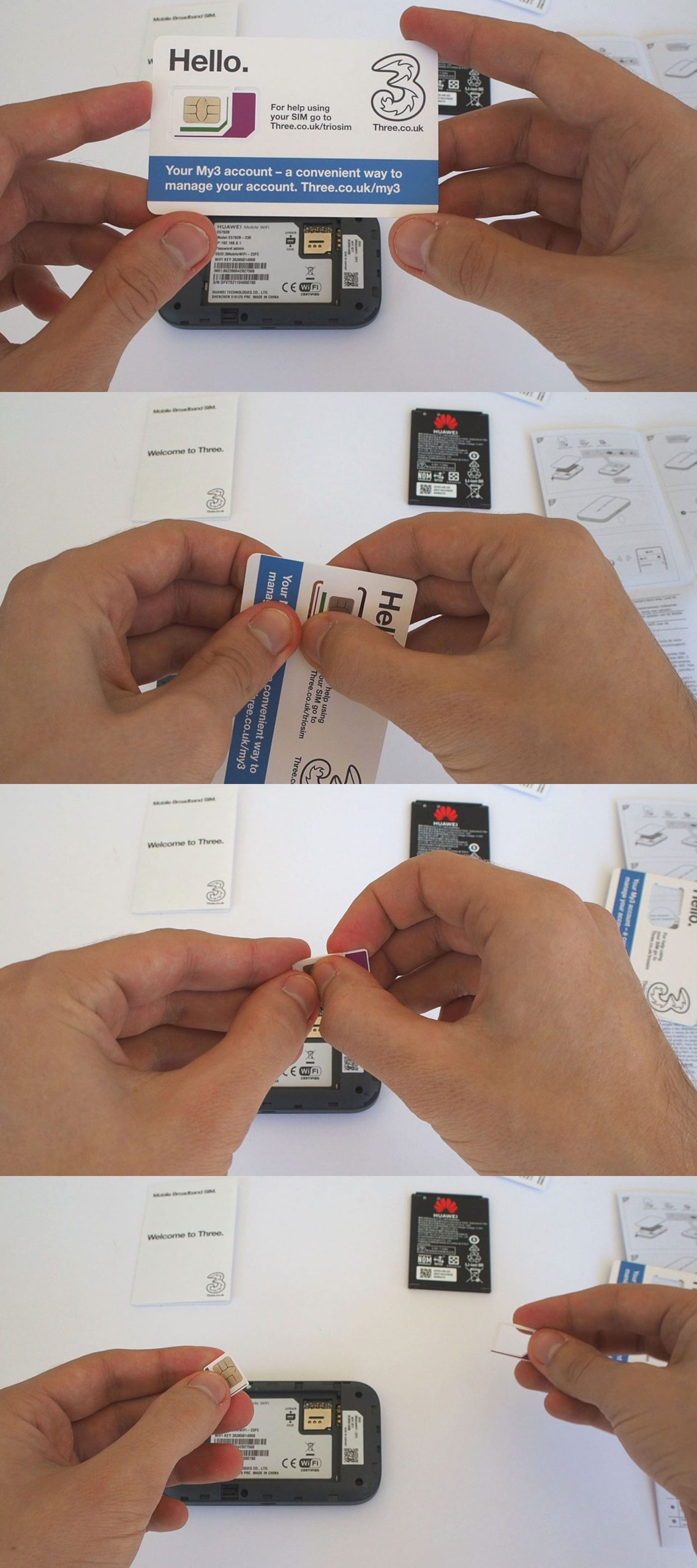
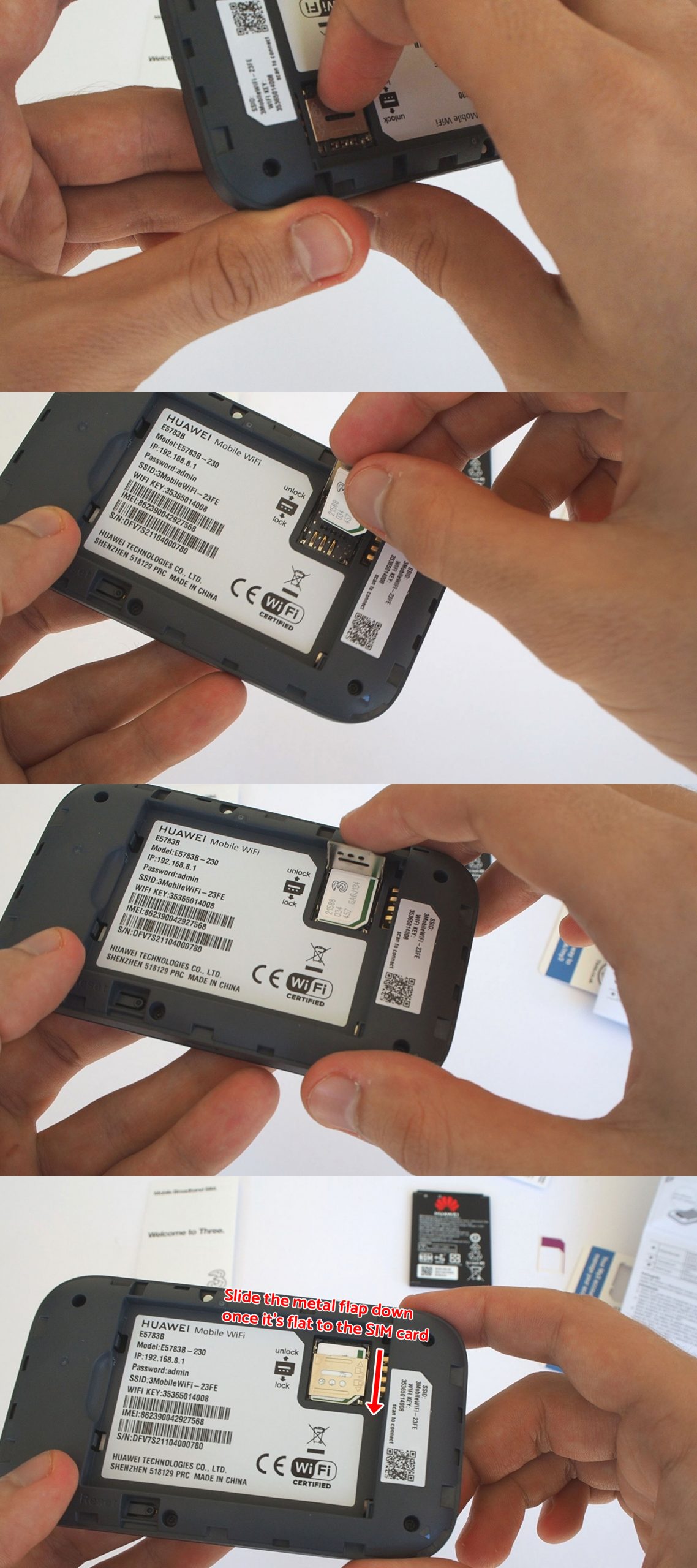
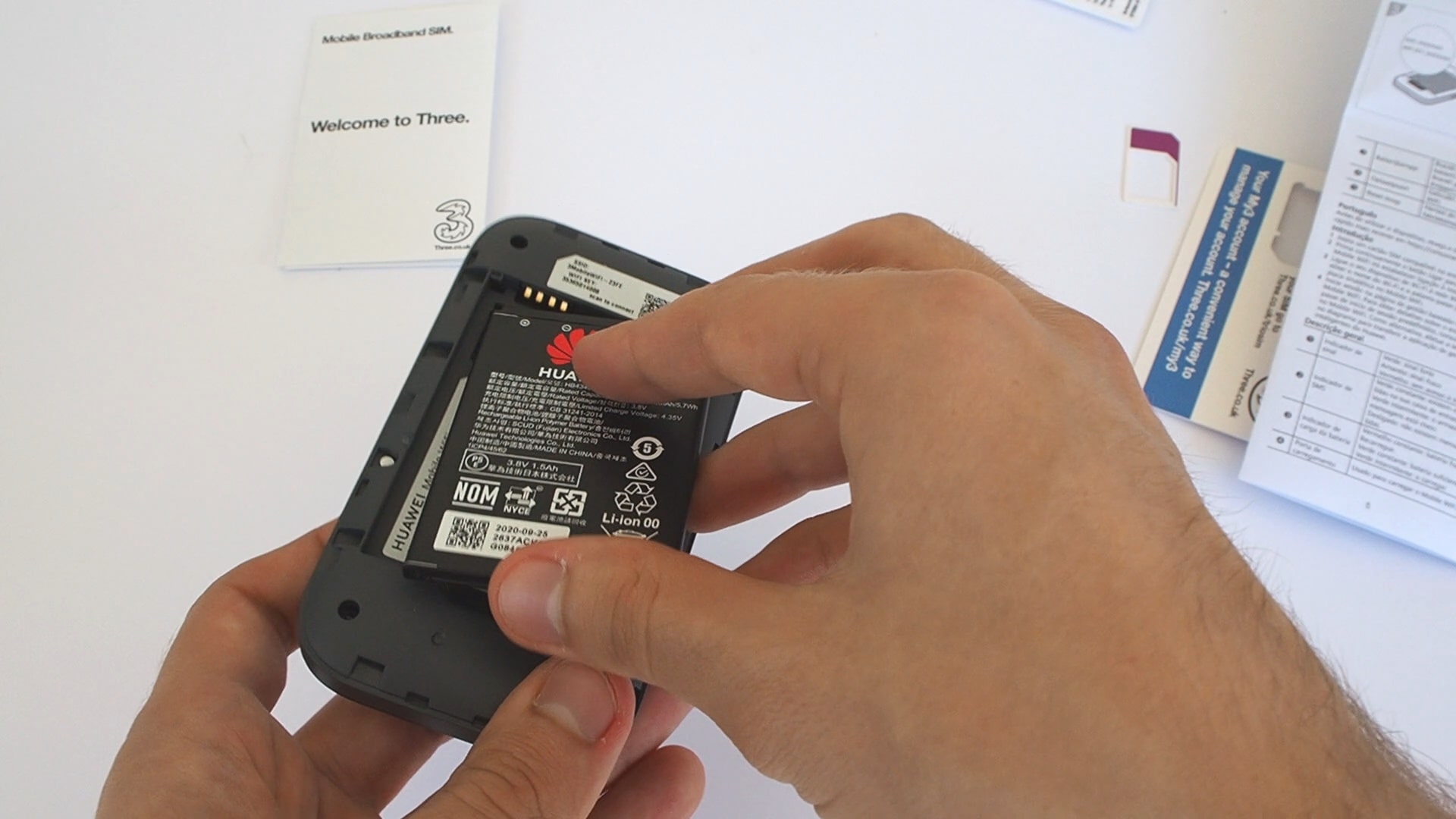
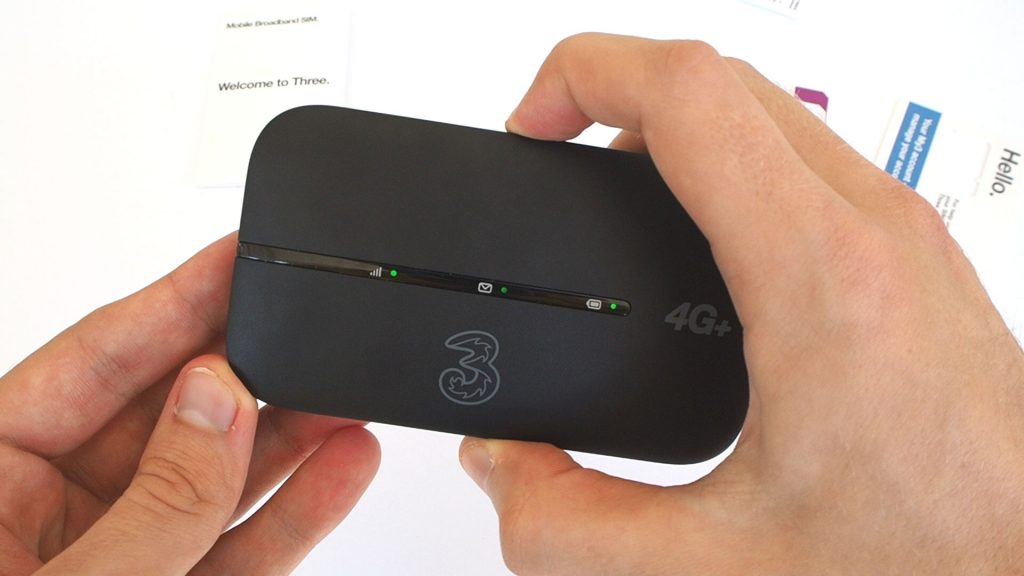
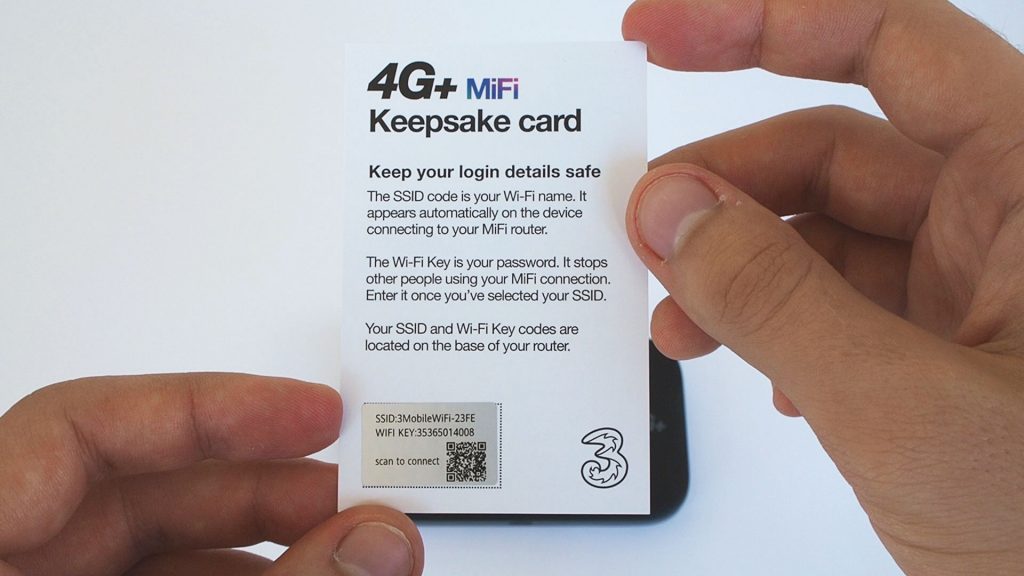
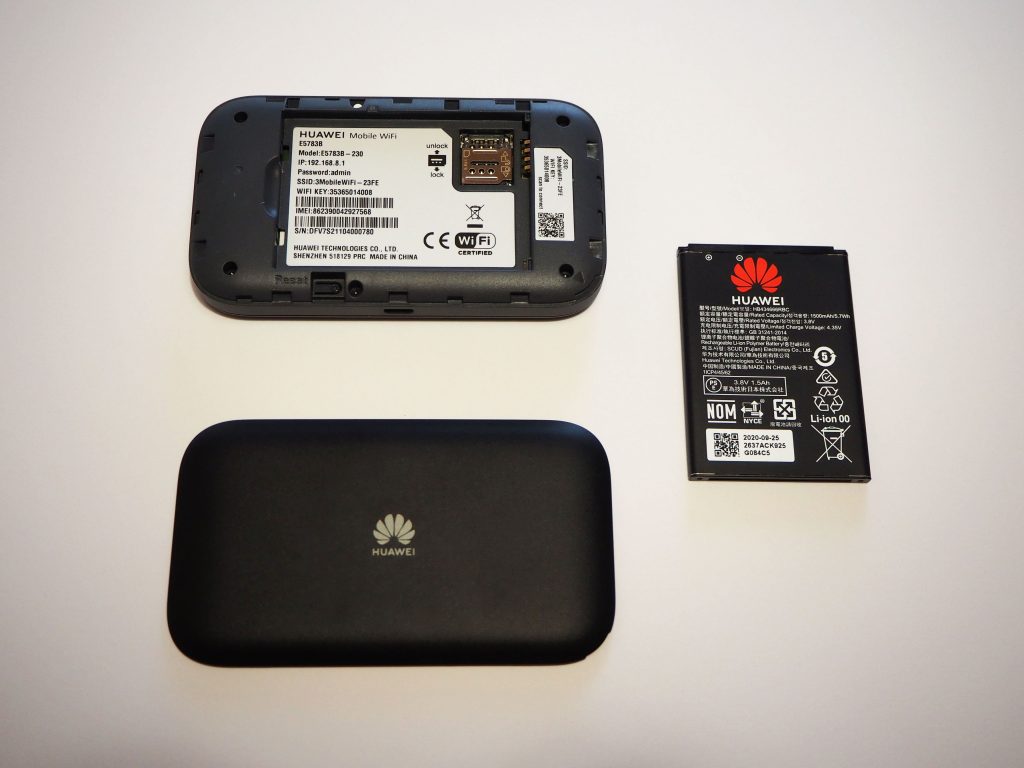

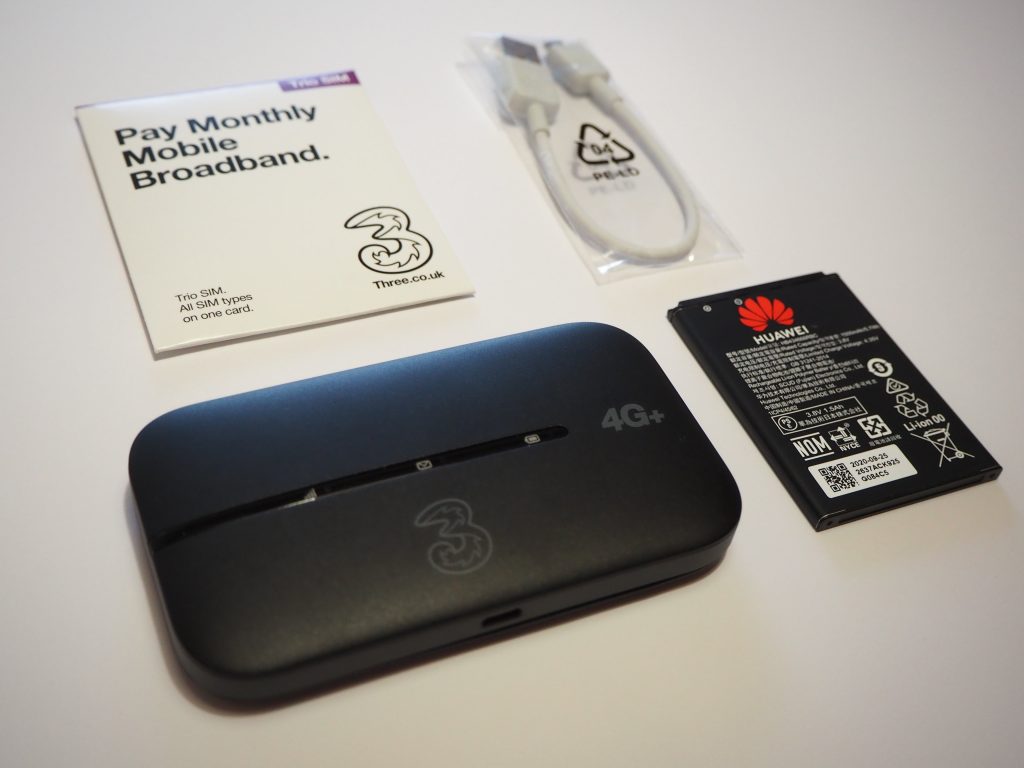
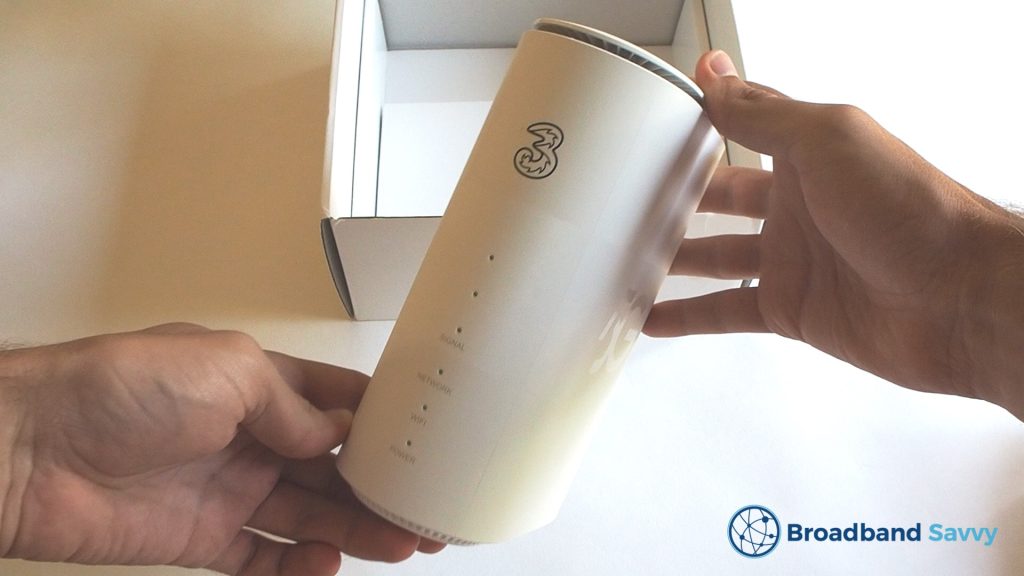



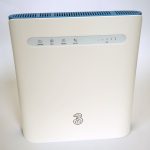

Hi,
I have just bought this today for my man cave. I am trying to stream using my Amazon fire stick through my tele. It is not working.
Do you think the machine is faulty as the light next to signal bar keeps going off instead of just going red or green.
Thanks
Hi, does it work in other areas? If so, it’s more likely to be a signal issue. If not, it could be faulty and Three should send you a new one.
hi i have just got this device is it normal for the speed to fluctuate in the same location often in a day one time i get 3 mbps then other times 20 or 30 mbps do you now why this could be ?
Hi, it is normal for it to fluctuate but it should not be going that low. We would recommend trying it in a different place, or ringing Three and asking for help.
Very good analysis and I have this Three Mifi router paid £39 up front for the router and I pay £28 per month for unlimited data on a monthly contract so far so good as it covers our needs for WiFi connectivity. My question is will I be able to use it in South Africa by using a local data only sim card as I won’t take the roaming option with my Three UK sim as it will be too expensive.
We believe it should work, as long as the SIM you buy is compatible with MiFi and not just use in a phone.
I’m in a top floor flat over looking Heathrow. I have one of these 4G mobile routers. Over the last year my daytime download speed has dropped from 1.5Mbps down to nothing. I’m getting less than 1.0Mbps for uploads. At night the speeds are equally dire, typically less than 3Mbps. There are also too many outages or disconnects. Also the battery has given up, I get less than 30mins from it. I can’t buy a replacement from Three, nor on eBay or Amazon. Bye, bye, Three.
Is this affecting your phone 4G/5G as well? If other networks are better, we’d recommend switching. You should be able to use a different SIM card with this device.
Very informative article, thank you.
Can you tell me please, would it be safe to have the unit connected to a power supply permanently? Six hours seems very poor.
The operative who sold it to me assured it could be used 24/7 but that doesn’t seem to be the case?
Hi, it would be safe, but the unit may get quite hot, and doing this will degrade its battery life over time (potentially not an issue for you).